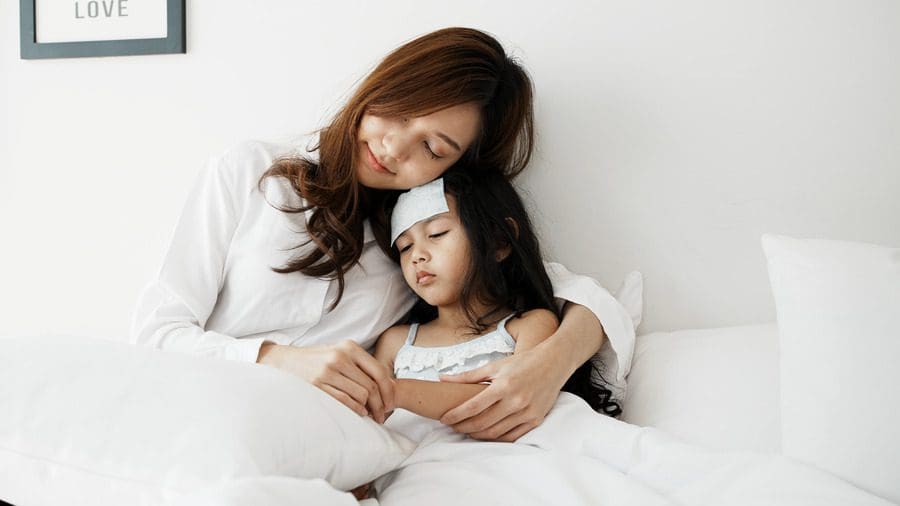COVID-19 has been dominating the health conversation for the last few years, but there are other viruses out there we need to be aware of. Today, we’re discussing what RSV is and how to identify it, treat it, and help prevent it.
What Is RSV?
Respiratory syncytial virus infection (RSV) is a common respiratory virus that typically causes mild cold-like symptoms. Although RSV has been around for decades, there has recently been a surge in cases. Most of the time, those that contract RSV bounce back in a week or two, but RSV can be serious, particularly in young children. In fact, according to the CDC, RSV is the most common cause of bronchiolitis (inflammation of the small airways in the lung) and pneumonia (infection of the lungs) in children under 1 in the United States. Other people at risk for complications include those with asthma, congestive heart failure, and older adults with chronic health conditions.
Symptoms of RSV
Those who contract RSV don’t typically show symptoms until 4-6 days after becoming infected. The symptoms are generally similar to that of the common cold, including:
- Runny nose
- Decrease in appetite
- Coughing
- Sneezing
- Fever
- Wheezing
The tricky thing about these symptoms is that they don’t come on all at once. In infants, sometimes the only symptoms are irritability, decreased activity, and breathing difficulties.
Treatment of RSV
There is no magic cure for RSV. To treat it, your doctor may perform a basic exam to determine if you have it (they can usually tell by listening to your lungs). At-home treatment of RSV is all about managing symptoms with fever reducers like acetaminophen and congestion relievers like nasal sprays (and suctioning for the little ones). If your doctor fears a bacterial infection like pneumonia may also be present, they may prescribe antibiotics. One of the most important things to keep in mind when treating RSV is to drink enough liquids to prevent dehydration.
Preventing RSV
People with RSV are contagious for 3-8 days and, much like COVID, can spread the virus by sneezing, coughing, or coming into close contact with others. Luckily we can take steps to keep germs to ourselves.
- Cover your coughs and sneeze with a tissue or the upper part of your sleeve.
- Wash your hands often with warm water and soap for at least 20 seconds.
- Stay home if you feel sick and avoid close contact with people who are sick.
- Sanitize high-touch surfaces such as phones, light switches, and countertops.






